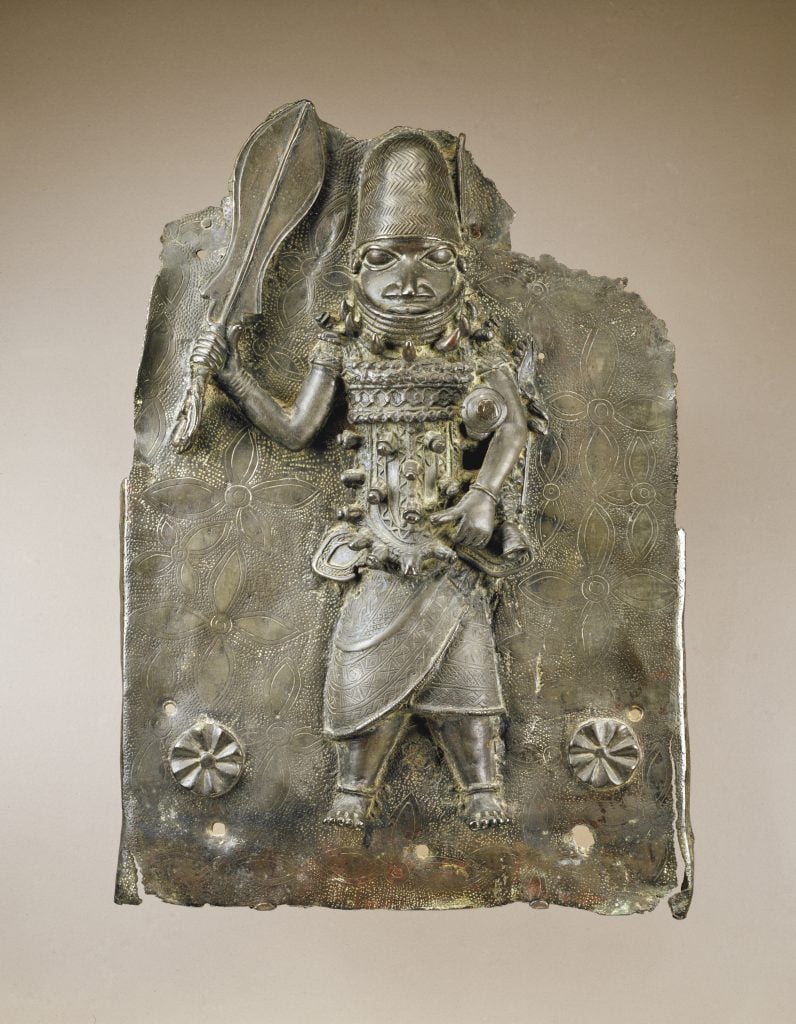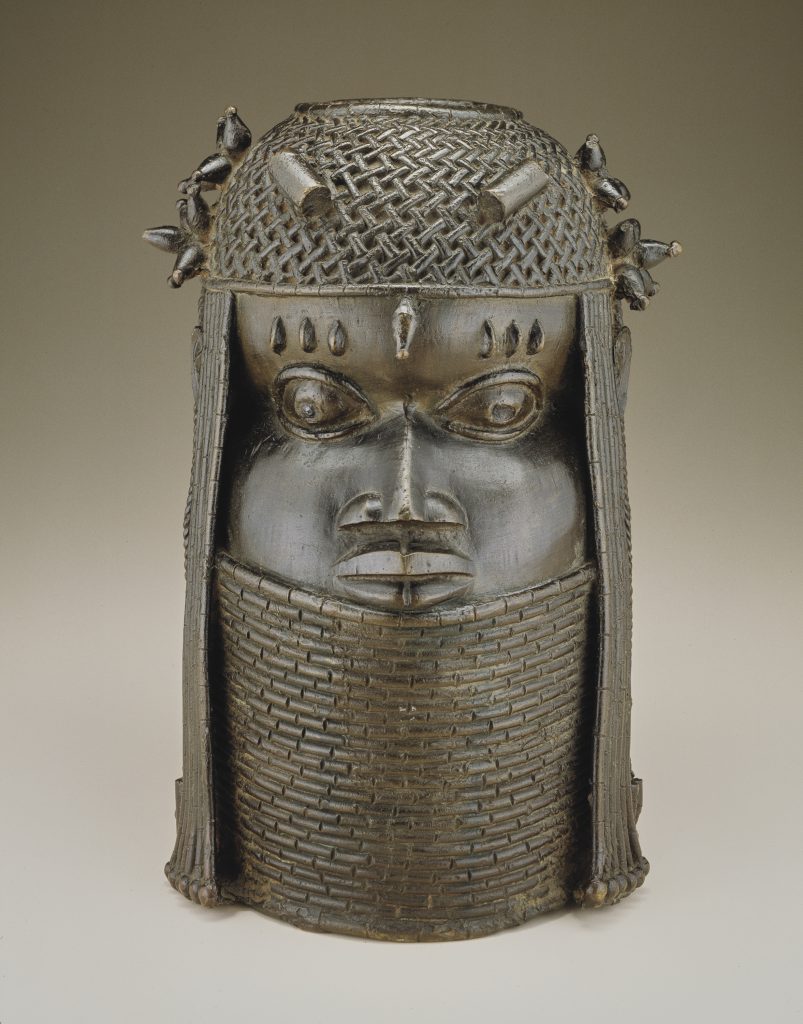Museums & Institutions
In a Landmark Move, the Smithsonian Will Return Benin Bronzes in Its Collection to Nigeria
The move comes as the Smithsonian works to develop a new institution-wide restitution policy.

The move comes as the Smithsonian works to develop a new institution-wide restitution policy.

Taylor Dafoe

Making good on a recent pledge, the Smithsonian Institution will repatriate Benin Bronzes in its collection to their homeland of Nigeria.
The news, first reported by the Washington Post, comes as the Smithsonian works to develop a new restitution policy and signals a major ideological shift that could have major implications for U.S. museums.
In total, “most” of the institution’s 39 bronzes, many of which were looted by British soldiers in the notorious raid of Benin’s royal palace in 1897, will be deaccessioned, a spokesperson told Artnet News. (The representative clarified that the organization is still working to determine the provenance of some of the objects, and thus a final tally of the pieces to be returned has not yet been determined.) The institution has an agreement with Nigeria’s National Commission for Museums and Monuments to coordinate the return.
As part of the agreement, the Smithsonian will pay for the transport of the artifacts and fund education programs for Nigerians. In turn, some objects will return to Washington on long-term loans and for shared exhibitions, including a planned show at the Smithsonian curated by Nigerians.
“Basically, we share the objects,” Smithsonian’s undersecretary for museums and culture, Kevin Gover, told the Post. “What we really want and what [the Nigerian Commission] offered is more of an ongoing relationship where, even though we may transfer title, they may choose to lend them to us so they can be on display here.”
Gover noted that the details of the deal are still being hammered out.
“What we are really talking about is a change of practice. We won’t simply determine for ourselves that we are the experts, but rather that it will be a collaborative process with the communities of origin.”

A commemorative head of a king made by an Edo artist in the 18th century. Photo: Franko Khoury. Courtesy of the National Museum of African Art, Smithsonian Institution.
The move has been building at the Smithsonian for months. Last fall, its National Museum of African Art’s recently hired director, Ngaire Blankenberg, removed 10 Benin bronzes from view at the venue just days after starting her new role. At the time, Blankenberg said the museum was in discussion with the Nigerian Commission about the future of the Benin bronze collection.
“The museum is proactively examining the circumstances and power dynamics that led to these artworks being in our collection, as well as our collecting practices to ascertain and implement the steps we need to take to ensure the museum is a trusted, welcoming place for all,” she told Artnet News.
Over the course of six months last year, a group of roughly 20 cultural workers at the Smithsonian, including curators and historians from the National Museum of the American Indian, the Center for Folklife and Cultural Heritage, the Freer Gallery of Art, and the Arthur M. Sackler Gallery, convened to develop an institution-wide restitution policy—the first such guideline in the cultural organization’s history.
At the heart of the collective’s conversation were the Benin bronzes, but they weren’t the only subjects of consideration. Among the Smithsonian’s collection of 155 million objects, items relevant to the restitution conversation may include looted art, human remains removed without consent, or any piece of cultural heritage found to have been unethically sourced.
The group, known as the Ethical Returns Working Group, developed recommendations for a new policy that was shared with Gover and Smithsonian secretary Lonnie Bunch. The new policy will be made public in mid-April, a spokesperson for the institution told Artnet News.
After that, the Smithsonian’s restitution plan will be put to its board of regents for final approval. If the deaccessioning is greenlighted, the Benin Bronzes will be the first Smithsonian artworks to be repatriated under this new policy.